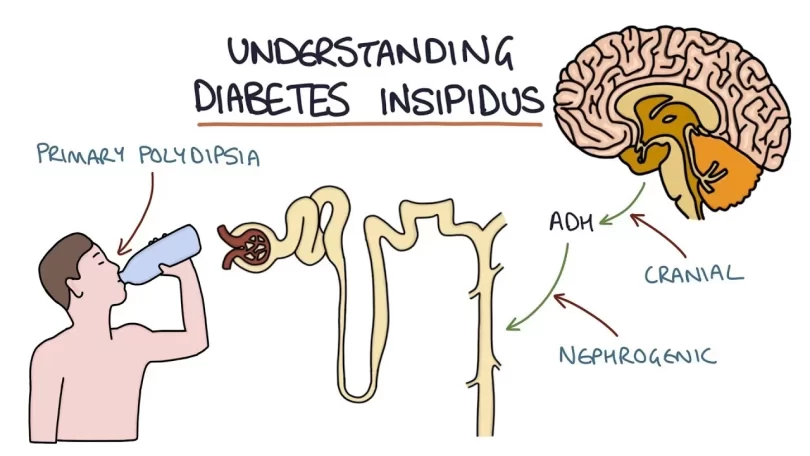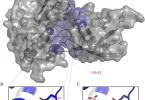Diabetes insipidus (DI) is a rare condition that affects the body’s ability to regulate fluid balance. It is caused by a deficiency or dysfunction of the hormone vasopressin, also known as antidiuretic hormone (ADH). This hormone is responsible for controlling the amount of water excreted by the kidneys, and in individuals with DI, the kidneys are unable to respond to it properly. As a result, these individuals produce large amounts of dilute urine and experience excessive thirst and dehydration.
Types of Diabetes Insipidus: Central and Nephrogenic
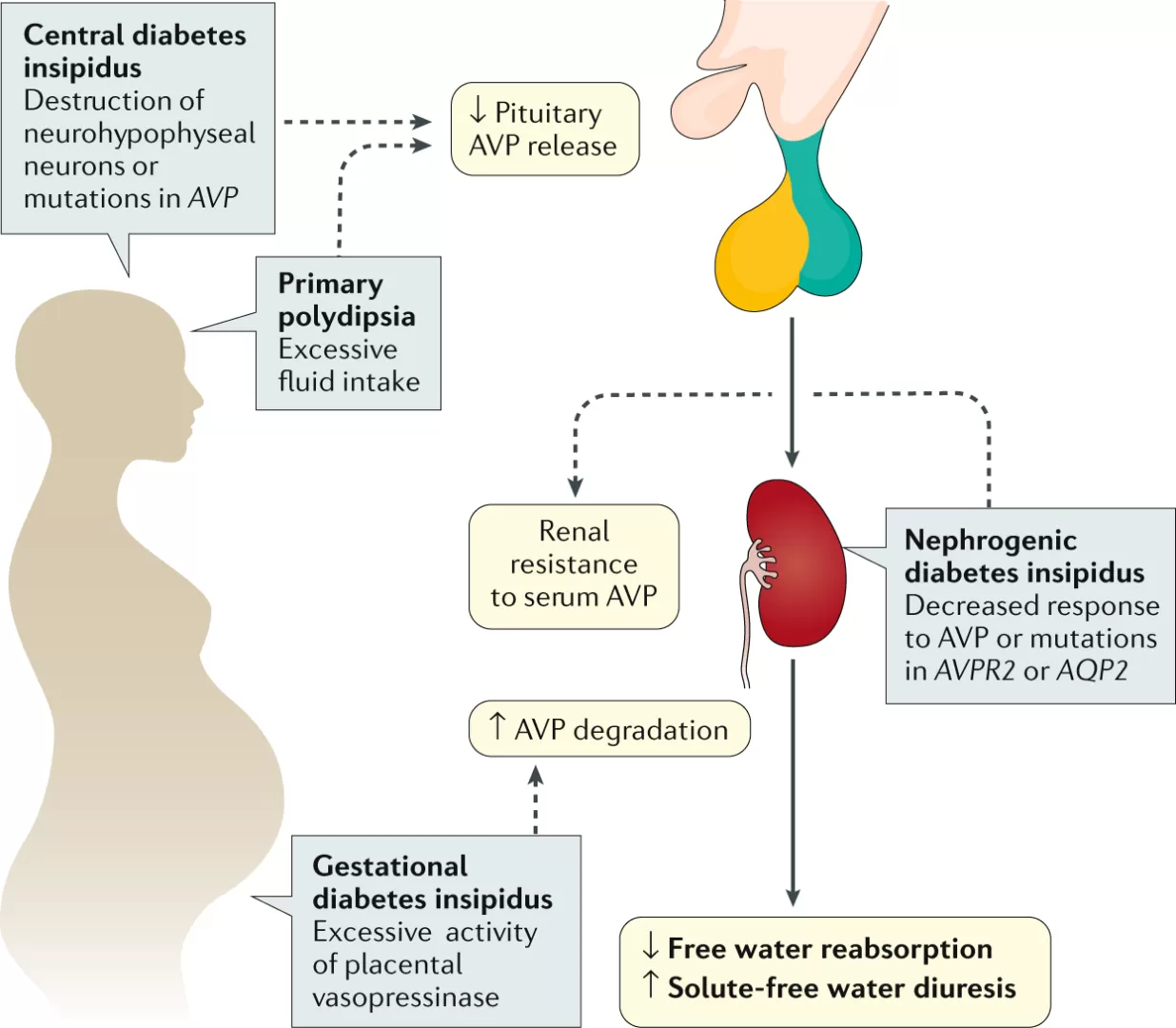
There are two main types of DI: central and nephrogenic. Central DI is caused by a lack of vasopressin production in the hypothalamus or pituitary gland. This can be caused by a genetic disorder, injury to the brain, infection, or tumor. Nephrogenic DI is caused by a dysfunction of the kidneys themselves, which makes them unable to respond to vasopressin. This can be caused by genetic disorders, electrolyte imbalances, or certain medications.
Symptoms and Consequences of Diabetes Insipidus
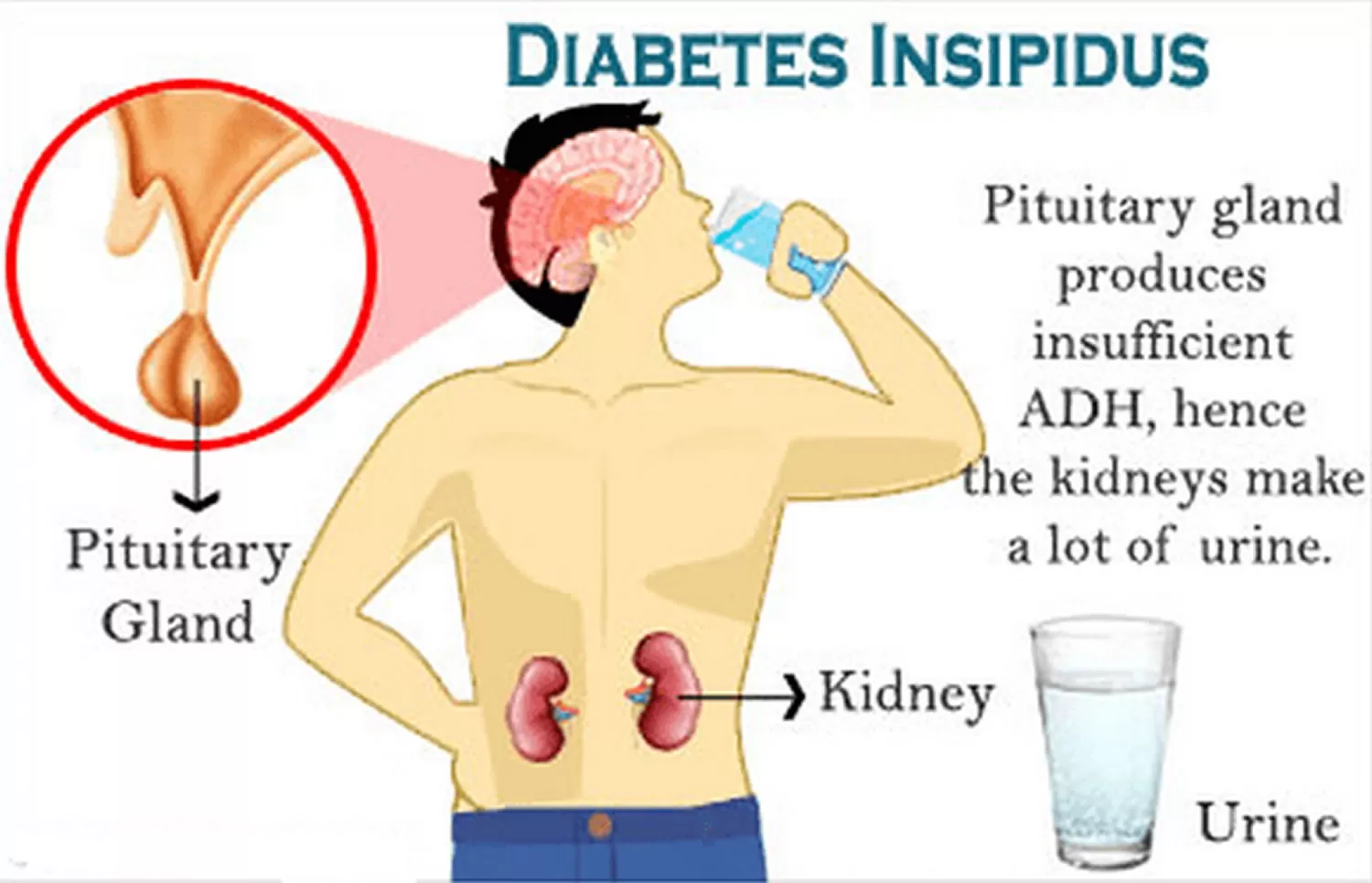
The symptoms of DI include excessive thirst, frequent urination, and dehydration. These symptoms can lead to weight loss, dry skin, and fatigue. In severe cases, it can also lead to coma or death if left untreated.
Diagnosis of Diabetes Insipidus: Laboratory Tests and Examination
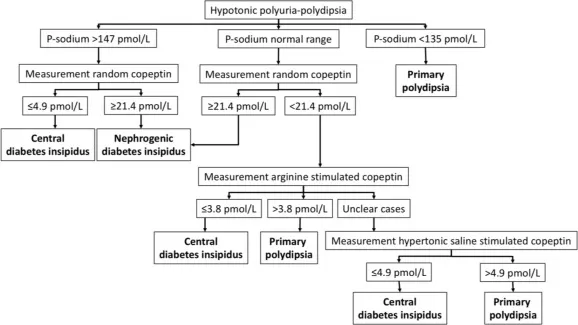
The diagnosis of DI is made through a combination of medical history, physical examination, and laboratory tests. The most important test is the water deprivation test, which is used to measure the ability of the kidneys to respond to vasopressin. Other tests include a urine osmolality test, which measures the concentration of electrolytes in the urine, and a blood test to measure electrolyte levels.
Treatment Options for Diabetes Insipidus: Managing the underlying cause
Treatment for DI involves replacing the missing vasopressin or correcting the underlying cause. For central DI, this can be done by administering synthetic vasopressin in the form of a nasal spray or injection. For nephrogenic DI, treatment may include correcting electrolyte imbalances, discontinuing any medications that may be causing the condition, and managing any underlying genetic disorders.
It is important to note that DI should not be confused with diabetes mellitus, which is a separate condition caused by a deficiency of insulin and characterized by high blood sugar levels. However, both conditions can lead to excessive thirst and urination and should be evaluated by a healthcare professional if these symptoms are present.
In conclusion, Diabetes insipidus is a rare condition that affects the body’s ability to regulate fluid balance. It is caused by a deficiency or dysfunction of the hormone vasopressin. There are two main types of DI: central and nephrogenic. Symptoms include excessive thirst, frequent urination, and dehydration. The diagnosis is made through a combination of medical history, physical examination, and laboratory tests. Treatment involves replacing the missing vasopressin or correcting the underlying cause. It is important to seek medical attention if you suspect you may have diabetes insipidus.

